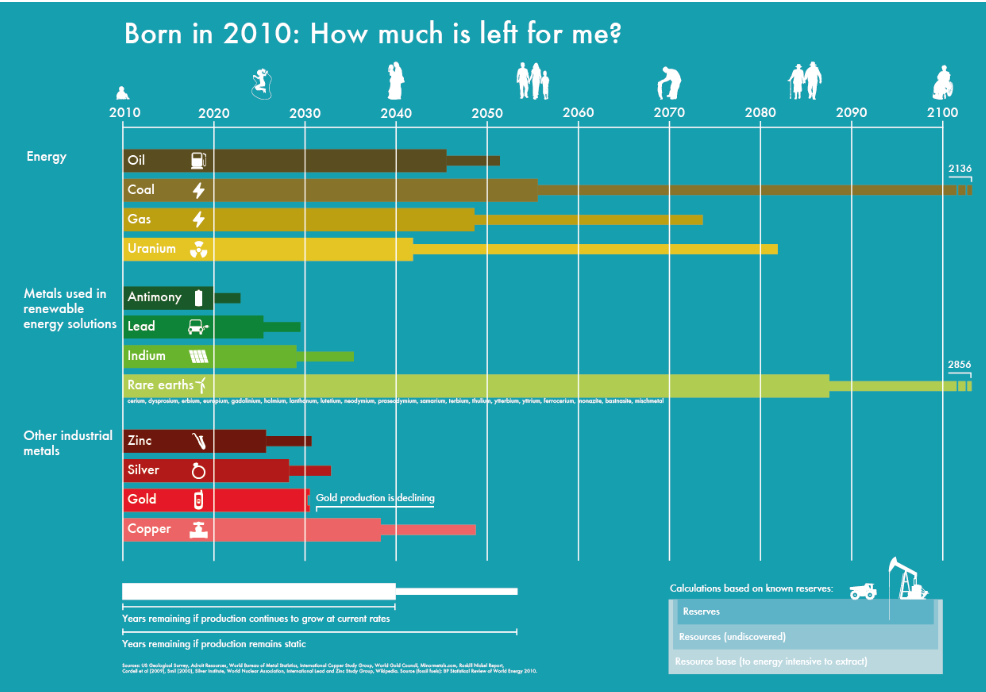by Jon Forrest Little, Silver Seek:

How long has silver been used as money?
Silver has been used as a form of money for thousands of years, dating back to ancient civilizations such as the Greeks, Romans, and Egyptians. In fact, the word “silver” is derived from the Anglo-Saxon word “seolfor,” which means “money.”
The first known silver coins were minted around 600 BC in Lydia, an ancient kingdom in western Asia Minor (modern-day Turkey). These coins were made of a natural alloy of Gold and Silver called electrum.
TRUTH LIVES on at https://sgtreport.tv/
Later, in the 5th century BC, the Greeks began producing silver coins, which became widely used in trade throughout the Mediterranean region.
In the centuries that followed, many other civilizations around the world used silver as a form of currency.
For example, the Chinese used silver coins during the Tang Dynasty (618-907 AD), and the Spanish introduced the silver peso in the 16th century, which became a widely used currency throughout the Americas.
Today, silver is still used as a form of money in some countries, such as Mexico, where the silver peso is still legal tender. However, its use as a currency has declined in many parts of the world in favor of paper money and digital currencies.
Have there been times when silver has not been used as money?
Yes, there have been times throughout history when silver was not used as money. For example, during the early part of the Middle Ages in Europe, gold was the preferred currency because it was more portable and easier to store than silver. In addition, during specific periods of economic turmoil or instability, other commodities such as salt, cattle, or shells have been used as a currency.
Furthermore, during the 20th century, many countries moved away from using silver as a currency due to the adoption of paper money and the creation of modern banking systems. As a result, today, most of the world’s currencies are not backed by precious metals like silver or gold, but rather by the credit and faith in the government that issues them.
Despite this, silver has retained its value as a precious metal and is still widely used as an investment asset and in various industrial applications, including electronics, solar panels, and medical equipment.
When will we run out of silver?
It’s difficult to predict exactly when we will run out of silver, as it depends on several factors such as the rate of global production, demand, and the development of new technologies for exploration and mining.
However, it’s worth noting that silver is a finite resource and its supply is not infinite.
According to some estimates, the total amount of silver mined throughout history is around 1.6 million metric tons.
While this may seem like a lot, it’s essential to consider that much of this silver has been consumed in various industrial applications and is no longer recoverable.
In terms of current production levels, global silver mine production in 2020 was approximately 25,000 metric tons.
However, demand for silver is also growing, particularly in the electronics and solar industries.
Sadly, that new world is rapidly encroaching on an already extremely constrained economic environment. At current rates, it’s estimated that by 2028, the earth will have completely run out of economically mineable silver reserves.

Now that may seem seriously overwhelming, and in all honesty, it should, because at present, there are virtually no other known silver reserves and at current prices, the vast majority of remaining silver reserves both above and below ground are economically unfeasible.
I say above and below ground because silver is one of only a few precious metals yet to be recycled from electronic waste. But, again, this is due primarily to the highly uneconomical extraction costs associated with recycling silver from most industrial/household goods.
Think mobile phones, PC’s, tablets, television screens, microwaves, and basically any other whitegoods with an on/off switch. You should start to get a perspective of just how much perfectly usable silver is sitting in dumps across the globe. But, of course, household tech goods only represent a small portion of silver’s extensive industrial applications, and with the rise in both EV (Electric Vehicle) demand alongside Photovoltaic energy (solar panels) it’s almost guaranteed that any remaining silver reserves are teetering precariously on the brink of extinction.



